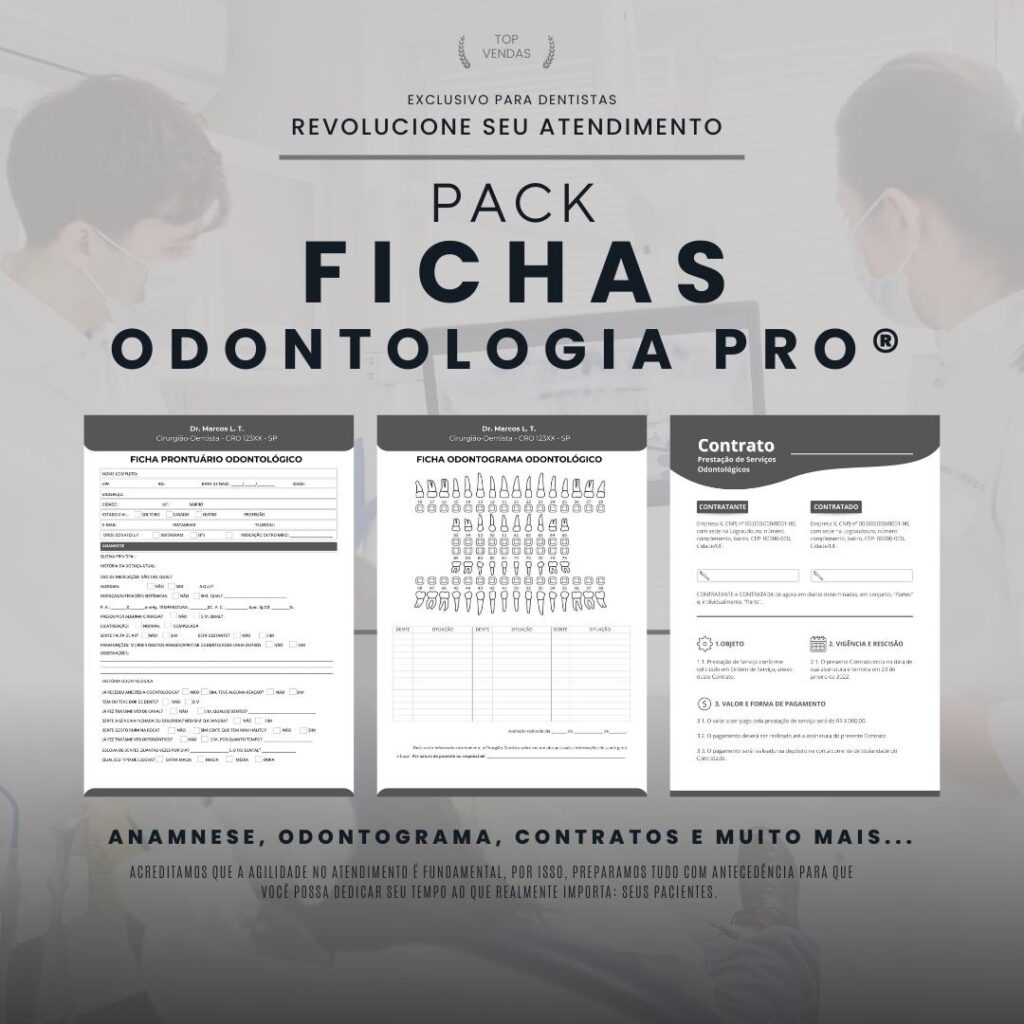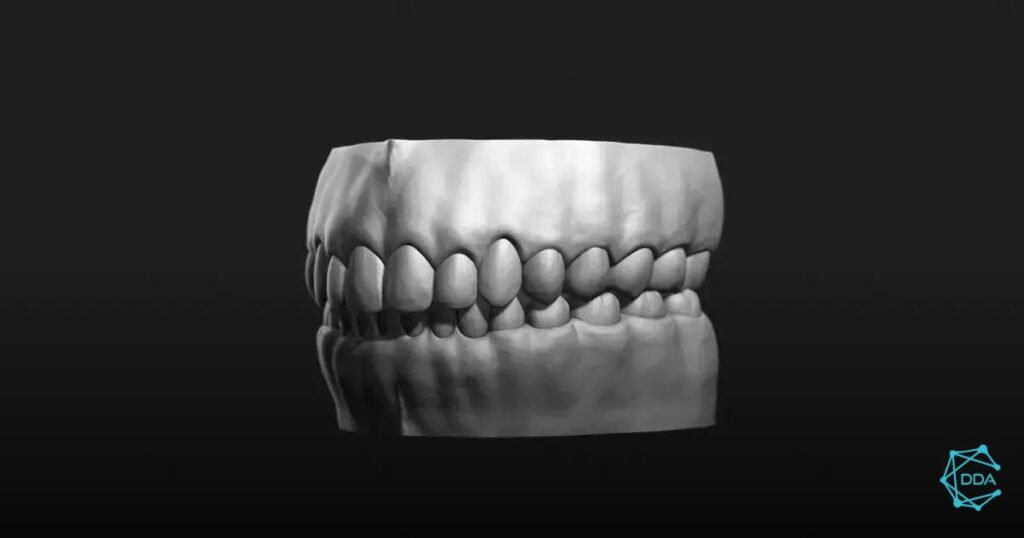In this article, we will discuss the importance of 3D printer resin in the field of dentistry and how it has become the key component for quality prints.
1. Introduction to 3D Printing in Dentistry
3D printing has revolutionized several industry sectors, including dentistry. Using this technology, it is possible to create prosthetics, dental models, surgical guides and other personalized devices with high precision.
2. What is 3D Printer Resin?
3D printer resin is a liquid component that solidifies when exposed to a specific light source, such as ultraviolet light. It is used as a base material to build objects in SLA technology (stereolithography) 3D printers.
3. Importance of Resin for 3D Printing in Dentistry
3D printer resin plays a fundamental role in dentistry, as it allows the creation of prosthetics and dental devices with high precision and quality. It offers several advantages over other materials, such as the ability to reproduce minute details and the resistance necessary to withstand the demands of the oral cavity.
3.1. Quality and Precision
3D printer resin offers incredible precision in detail reproduction. This is fundamental in dentistry, where every millimeter makes a difference. With this technology, it is possible to obtain dental prosthetics perfectly adapted to the patient's anatomy.
3.2. Durability and Resistance
The dental 3D printer resin is formulated to offer excellent resistance. Prostheses made with this resin are capable of withstanding chewing forces and other common impacts in the oral cavity. Furthermore, the durability of the material guarantees a prolonged useful life for the prostheses.
3.3. Customization and Quick Creation
Resin for 3D printing allows the customization of prosthetics and dental devices according to the needs of each patient. Additionally, 3D printing technology offers faster production compared to traditional manufacturing methods.
4. Types of Resin for Dental 3D Printer
In the current market, there are different types of dental 3D printer resin, each suitable for specific applications. Some of the main types include:
4.1. Light-curing resin
This resin requires a source of ultraviolet light to solidify. It is widely used to produce dental models, surgical guides and temporary prosthetics.
4.2. Biocompatible Resin
This resin is specially formulated to ensure biocompatibility with oral tissues. It is safe for use in permanent dentures and has high resistance to abrasion.
4.3. Transparent Resin
The clear resin is ideal for the production of clear dental aligners and aesthetic devices.
4.4. High Performance Resin
This resin is used to produce devices that require high resistance, such as crowns and bridges.
5. Considerations when choosing Resin for Dental 3D Printer
When choosing resin for a dental 3D printer, it is important to consider some factors, such as:
5.1. Manufacturer's Indication
It is essential to follow the manufacturer's recommendations regarding the use of resin in certain dental procedures. Each resin is developed for specific applications.
5.2. Biocompatibility
For permanent dentures, it is necessary to opt for biocompatible resins, ensuring the safety and oral health of patients.
5.3. Physical properties
Checking the physical properties of the resin, such as tensile strength, hardness and dimensional stability, is important to guarantee the quality of the final product.
6. Conclusion
Dental 3D printer resin plays a crucial role in creating high-quality dental devices. With the evolution of 3D printing technology, dentistry has benefited from personalized, durable and precise prosthetics. By choosing the appropriate resin and following good impression practices, dental professionals can provide more efficient and satisfying treatments to their patients.







